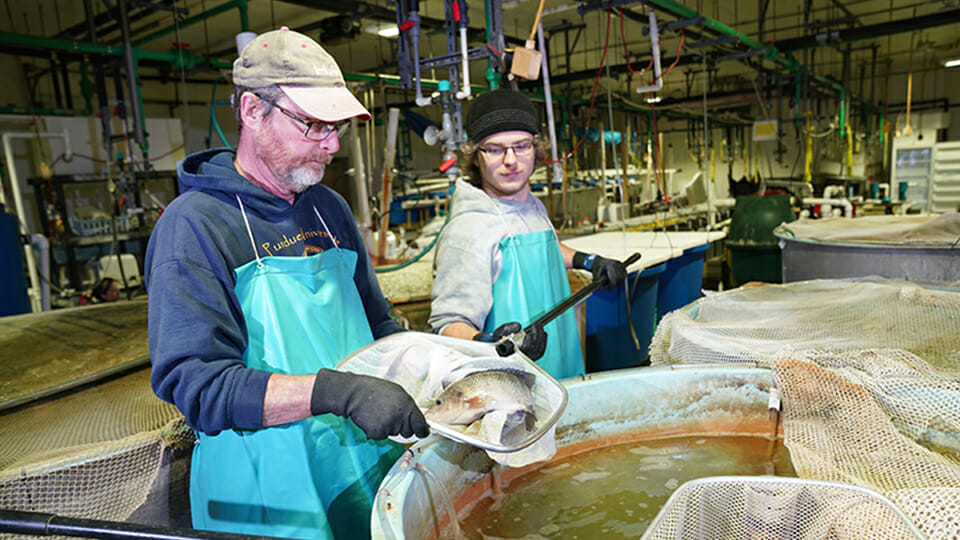Purdue receives $10M grant to explore aquaponics
Subscriber Benefit
As a subscriber you can listen to articles at work, in the car, or while you work out. Subscribe Now
Purdue University has announced plans to construct a pilot-scale aquaponics system on campus to produce tilapia and lettuce. The university has received a five-year, $10 million grant from the U.S. Department of Agriculture to help cover some of the costs associated with construction of the facility and the research that will be conducted there. The USDA is looking for ways to increase seafood production and consumption, especially in the Midwest.
“In the in the U.S., the Midwest has the fewest number of aquaculture farms and also consumes the least amount of seafood,” said Jen-Yi Huang, project director and associate professor of food science at Purdue University, in an interview with the Associated Press. “Many studies indicate the importance of increasing seafood consumption in U.S. diets.”
The consumption of seafood can reduce obesity and chronic disease. However, more than 90% of seafood consumed in the U.S. is imported, and most of it comes from Asian countries. Huang says that figure represents a $17 billion trade deficit.
Huang says long-distance supply chains have proven vulnerable to volatile markets.
“So, to grow aquaponics in the Midwest will largely foster the regional economy,” said Huang.
Aquaponics is a combination of aquaculture and hydroponics that offers the advantage of intensively producing seafood and plants, while using less land and water than conventional food production.
Huang says aquaponics operations require the daily discharge of up to 20% of wastewater into the environment. That is why Purdue is building a closed-loop system.
The Purdue system will use algae to treat discharged wastewater before sending it back into the tanks where fish are raised, and produce is grown. Algae biomass and fish waste are placed in an anaerobic digester which creates a solid biofertilizer and a biogas.
“That energy can be sent back to the aquaponics system to offset the energy requirement of the indoor facility operation, at least partially,” Huang said.
The other co-product, fertilizer, can be repurposed. The system is designed to generate zero waste and to operate independently of the power grid.
Huang says the system is a more sustainable way to produce protein and leafy greens, while reducing land use and creating economic opportunities for farmers.
“We will develop multidimensional sustainability metrics for system assessment and management to make sure that this kind of integration is technically feasible, economically viable and environmentally friendly,” Huang said.
